-
Posts
121 -
Joined
-
Last visited
Content Type
Profiles
Forums
Gallery
Events
Posts posted by malachy
-
-
-
Great stuff! Thought about getting back to modelling ships/Blender for a while now after a two year hiatus, this thread gave me the missing motivation. Absolutely gorgeous model, mr shipwright

- mtaylor, Martes and 3DShipWright
-
 2
2
-
 1
1
-
Thanks
 It´s far from being done, though.
It´s far from being done, though.
A wireframe of your model would be nice, it´s easier to see problematic areas. Especially if you worry about polycount, most parts don´t need an excessive amount of triangles:
I try to emulate how the planks would have been on a real ship, much easier to texture and you usually get away with using less triangles and still have a relatively smooth hull.
Edit Oh, and 'wt' is 'wing transom'

-
Off to a good start, it seems, bow is looking much better.
But if you really want a nice looking model, take Mark's advice and redo the stern area, especially the quarter galleries.
The hull goes all the way to the 'back' of the ship, the quarter galleries are just a nicely curved extension and not part of the hull structure.
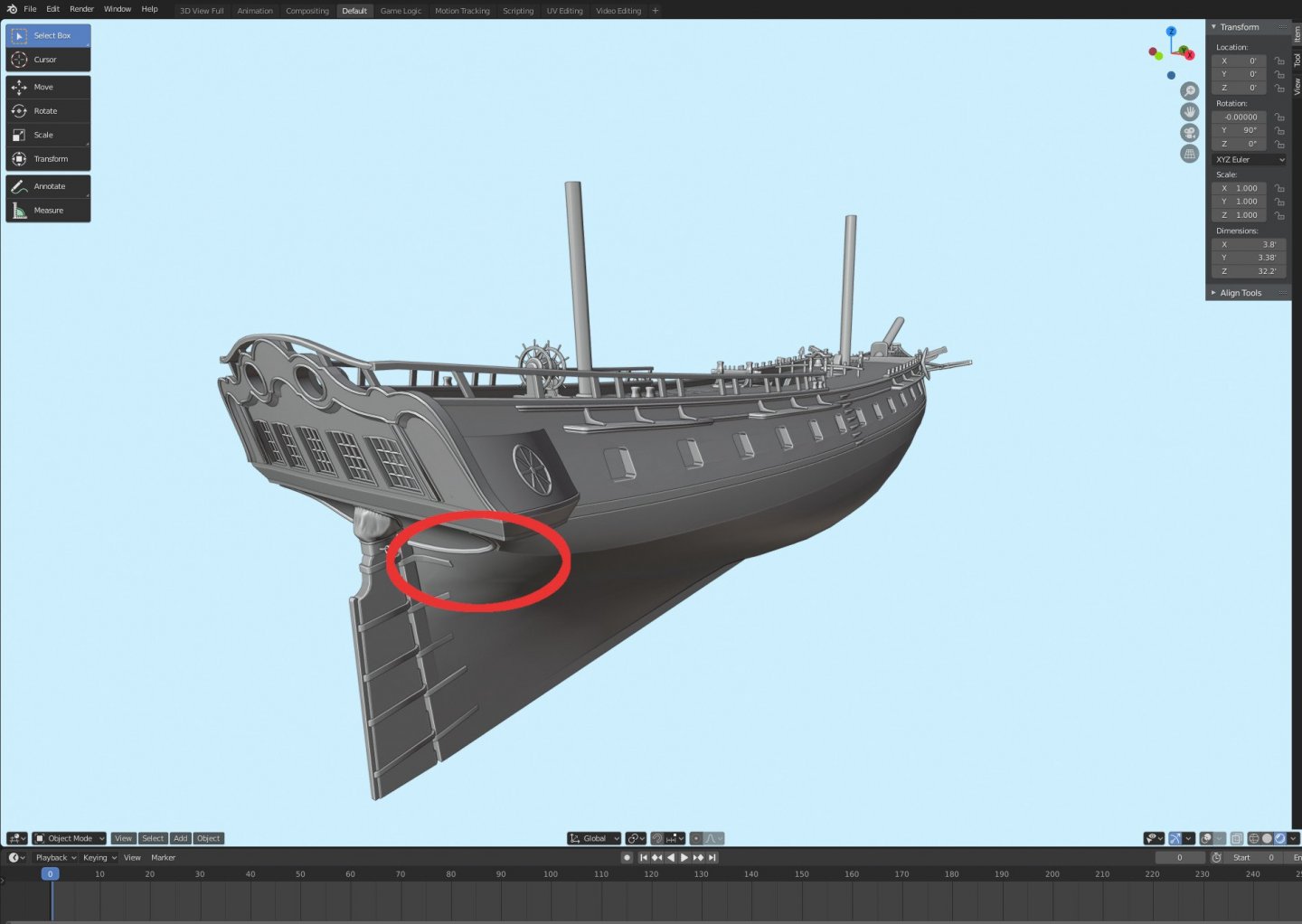
The wales stop at the wing transom (your wt should be straight, by the way, the round wing transom on my model was a particularity of the naval architect who designed this ship).
Anyway, you've already made a fine looking model, happy blending!

-
-
Just experienced this yesterday, I gave an advice on how to approach a certain area with Blender techniques. Problem is, the thread starter is using 3Dmax >.<
-
-
A reference object in the modelling app works, too, of course. But I take measurements from the plan(s) anyway, if only to check if there are distortions and if the horizontal pixel/feet ratio is the same as the vertical one.
And if you already have a pixel/feet ratio, why not use it in the app?

-
The '50 pixels per feet' probably is just a measurement taken from the original plan in a program like Photoshop or GIMP

-
Stumbled over this in the Swedish archives today:
https://digitaltmuseum.se/011024826857/ritning/media?slide=0
https://digitaltmuseum.se/011024826859/ritning
Both are attributed to Compardel, but the ship isn´t the SR. Any ideas which vessel this might be?
- Hubac's Historian, mtaylor, bruce d and 1 other
-
 4
4
-
42 minutes ago, mtaylor said:
Thanks, I've printed it out and will be checking it out. I've heard the Danish have lots of these items but how did they acquire it?
Through
industrial espionage missionseducational trips of their shipwright trainees. These were a part of the very thorough education danish naval engineers received on the way to the top post of fabrikmester (with tasks similiar to the british surveyor). For example, Frantz Hohlenberg travelled to France, England, the Netherlands, Italy and Sweden before he was recalled to Danemark.QuoteThere's one characteristic "step" about the same location on the hull as that on Licorne.
Um, 'step'? The transition from 'normal' planking/diminishing strakes to the wales?

-
No planking and the breadth given is breadth moulded.
By the way, the numbers on the right side give the distances between station lines.
-
-
Quote
Were there ever crews that totally got a long well?
Sure there were. I'd suggest getting the excellent Frigate Commander. Reading Moore´s diary entries about his relationship with his crew and officers will answer your question :)
-
Uh, another Blender user, good

And very nice and easy to understand tutorial, I'm looking forward to seeing further progress on your Ernestina.
My approach usually is a bit different as I'm using textured planes for the draughts, but that´s a matter of taste, I suppose.
That´s a swedish sloop built in 1760s, by the way.
-
-
Blenheim, launched as a 90 in 1761, was cut down to a 74 in 1801. There's a profile plan showing the alterations (without the round bow, though) in the NMM collection.
- thibaultron, mtaylor, druxey and 2 others
-
 5
5
-
-
If she's French, her name would be spelt La Diane, n'est-ce pas? I always thought that this Diana was one of the spanish Mahonesa-class

- mtaylor, Canute and CaptArmstrong
-
 3
3
-
-
If you want a british sloop, there´s the Shipyard cardboard kit for the HMS Wolf of 1753. Pretty unique and beautiful, in my opinion

- ruben_dominguez, mtaylor and Canute
-
 3
3
-
Quote
Otherwise I'd say the constitution has much more in common in terms of hull form with Chapman's Bellona/Venus than with either the Forte or the South Carolina.
It´s actually the Venus (that´s not the Bellona-class Venus) from the danish archives and Vial du Clairbois' L'Embuscade which have almost the same main frame as the Conny. I´d love to know where I put those comparison pictures, though
 Quote
QuoteWhat is the record on the bellona's performance? I can't say I know much about that class beyond its existence.
The only 'hard' data - i.e. speed in knots - I know of is the ship log of the Diana during her cruise across the Atlantic when she repeatedly made 14 knots. Otherwise these ships were famed for their stability under sail and their sturdiness (and - initially - their armament, as they got their 24-pounders from 1783 onwards).
If I remember correctly, Endymion´s speed with a battery of 24-pounders was 13.5 knots, with 18-pounders 14.2.
For a first-hand comparison of both classes, one might have to dig through russian archives as they made 10+ copies of the Venus and also build a couple of Endymions

By the way, is there any data on how the fir Endymions compared to the original? And to Leander and Newcastle?
Edit:
After looking through my files, I might have to add another ship to the 18-pounder frigate list in my post above: the danish Havfruen-class.
26*18-pounders on rather modest 148' 3'', capable of 10.6 knots close-hauled and 13 running free.
- uss frolick, Canute and mtaylor
-
 3
3
-
Great post, John!
QuoteI always read that the best frigates, other than the Americans built 1799-1804 approx., were French ships, captured and reworked by the British.
Well, I think France had two 'peaks' when their naval designs - especially their frigates - were superior to that of other nations; first one was the tenure of Blaise Pangalo as master shipwright at Brest at the turn of the 17th century, second one was when Blaise Ollivier held the same post for a rather brief period in the middle of the 18th century. After all, it was him who finalised the design of the 'true' sailing frigate - i.e. a cruiser with two continuous decks - and the famous 'apple-shaped' body that was so typical of french (and danish) frigates until the end of the Napoleonic Wars.
It´s a pity Ollivier died before he could contribute to the next step in frigate design, building larger ships that could carry a battery of 12-pounders. So it was up to Sir Thomas Slade to develop the 'stars' of this class, the Nigers and the Lowestoft. These ships set the standard for this type of frigate in the middle of the 1750s and still were at the end of the 18th century ( honourable mention goes to the american Hancock and Guignance´s Dédaigneuse-class, though).
Which 18-pounder class was the 'best' is up for debate. Maybe Rule´s Livelys, maybe Sané´s Pallas-class, maybe even Constellation/Congress.
When it comes to 24-pounder frigates and when we take into account what BW posted above - cruising endurance, cost, manning requirement, firepower, speed, stability, strength, longevity - , then there´s only one pick for me, af Chapman´s Bellona-class.
La Forte/L'Ègyptienne supposedly had their problems with strength/longevity and the United States-class falls a bit short in the cost departement

-


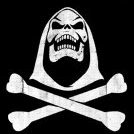
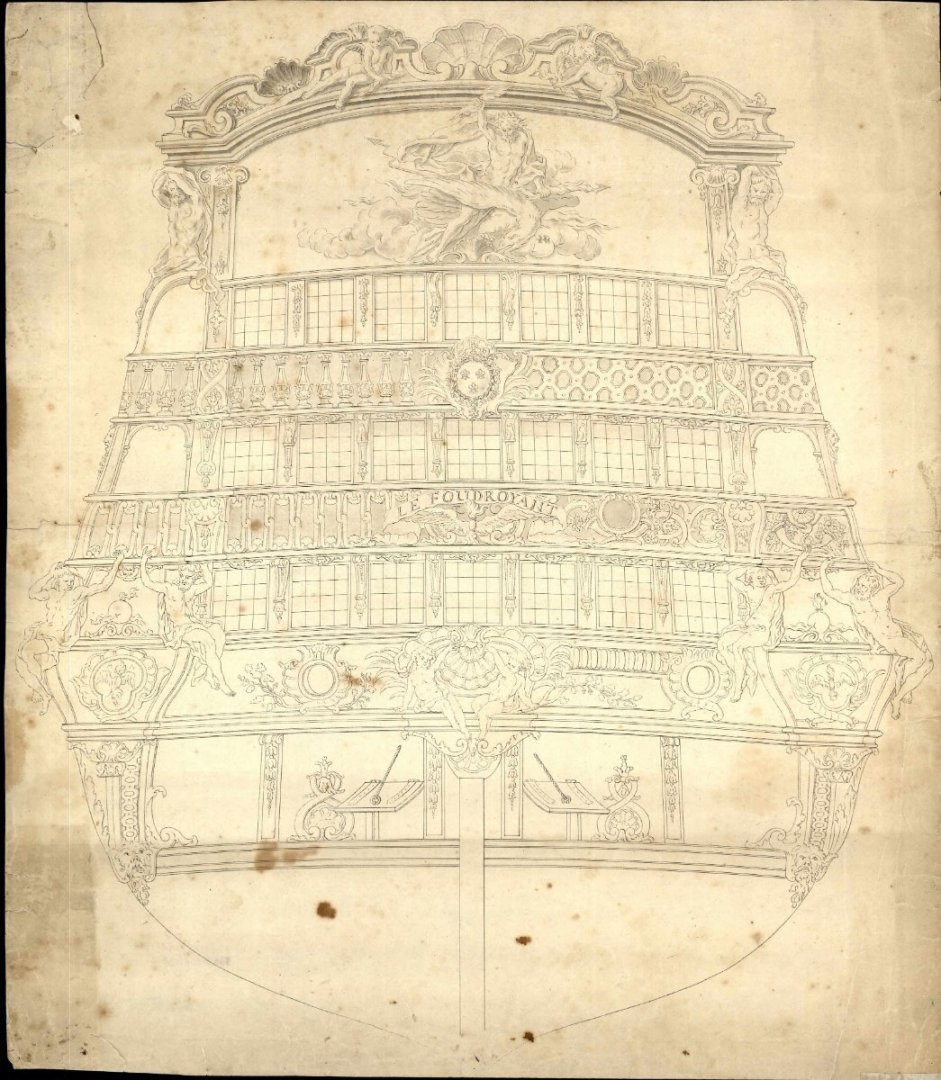
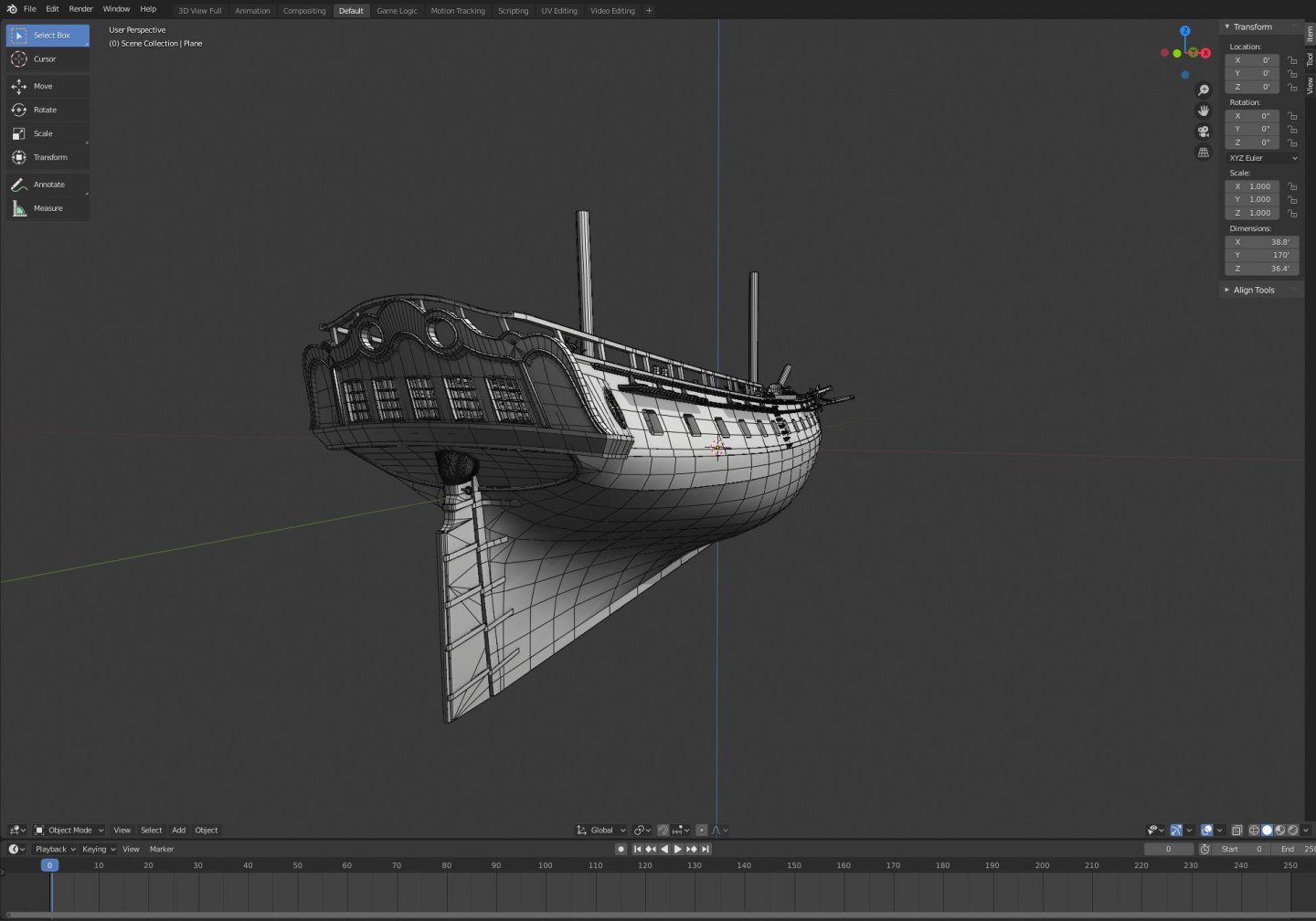
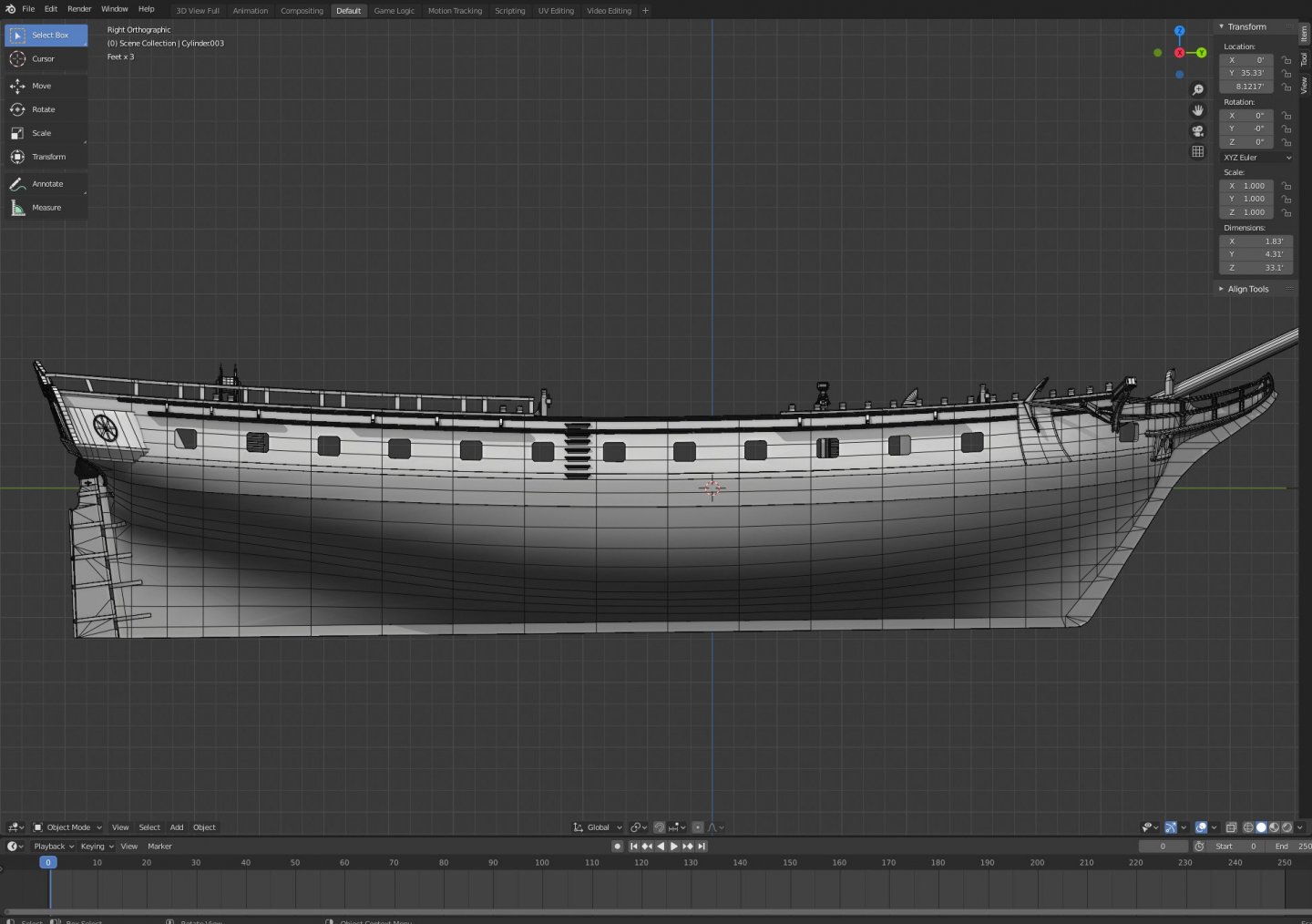
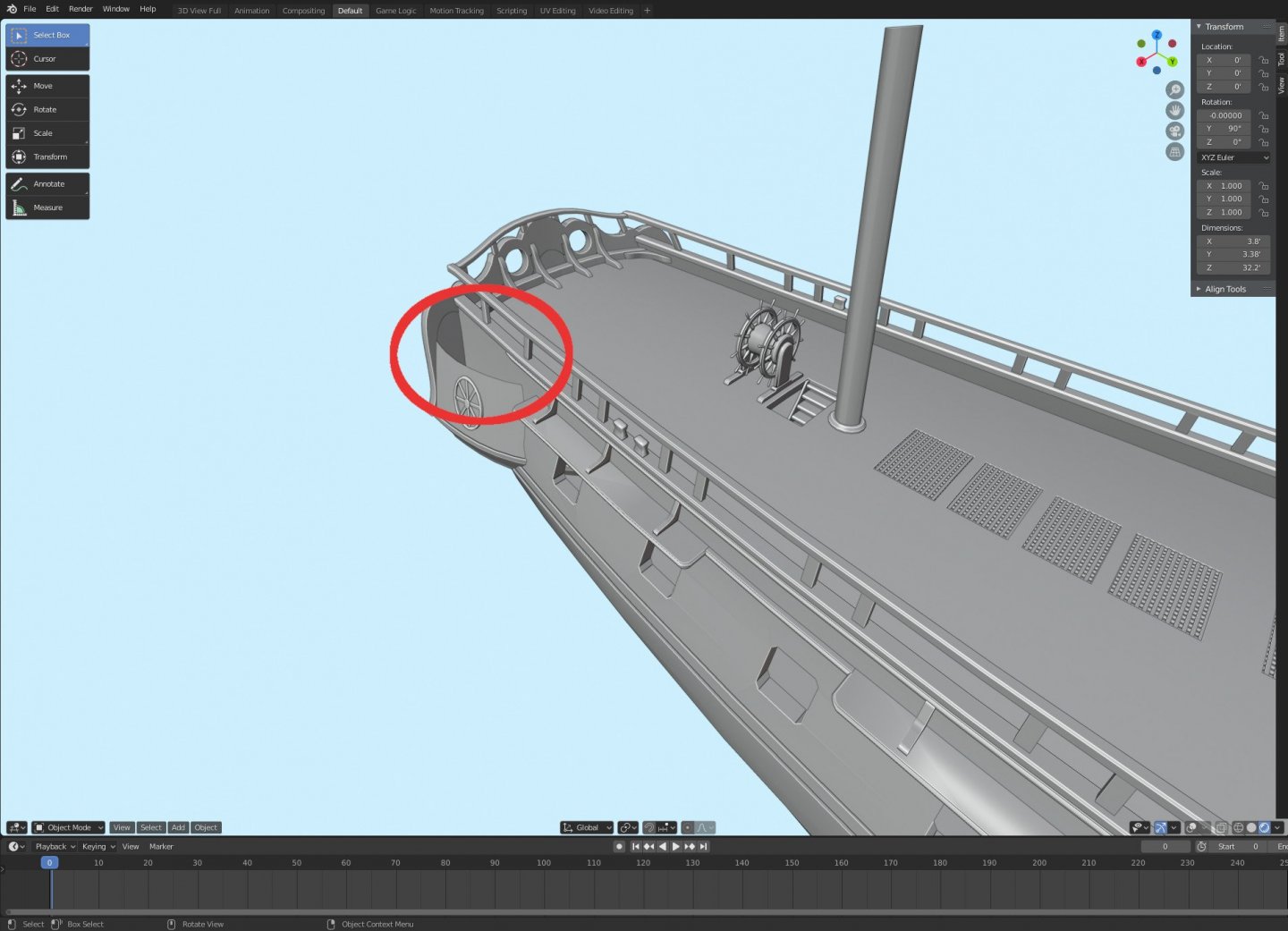
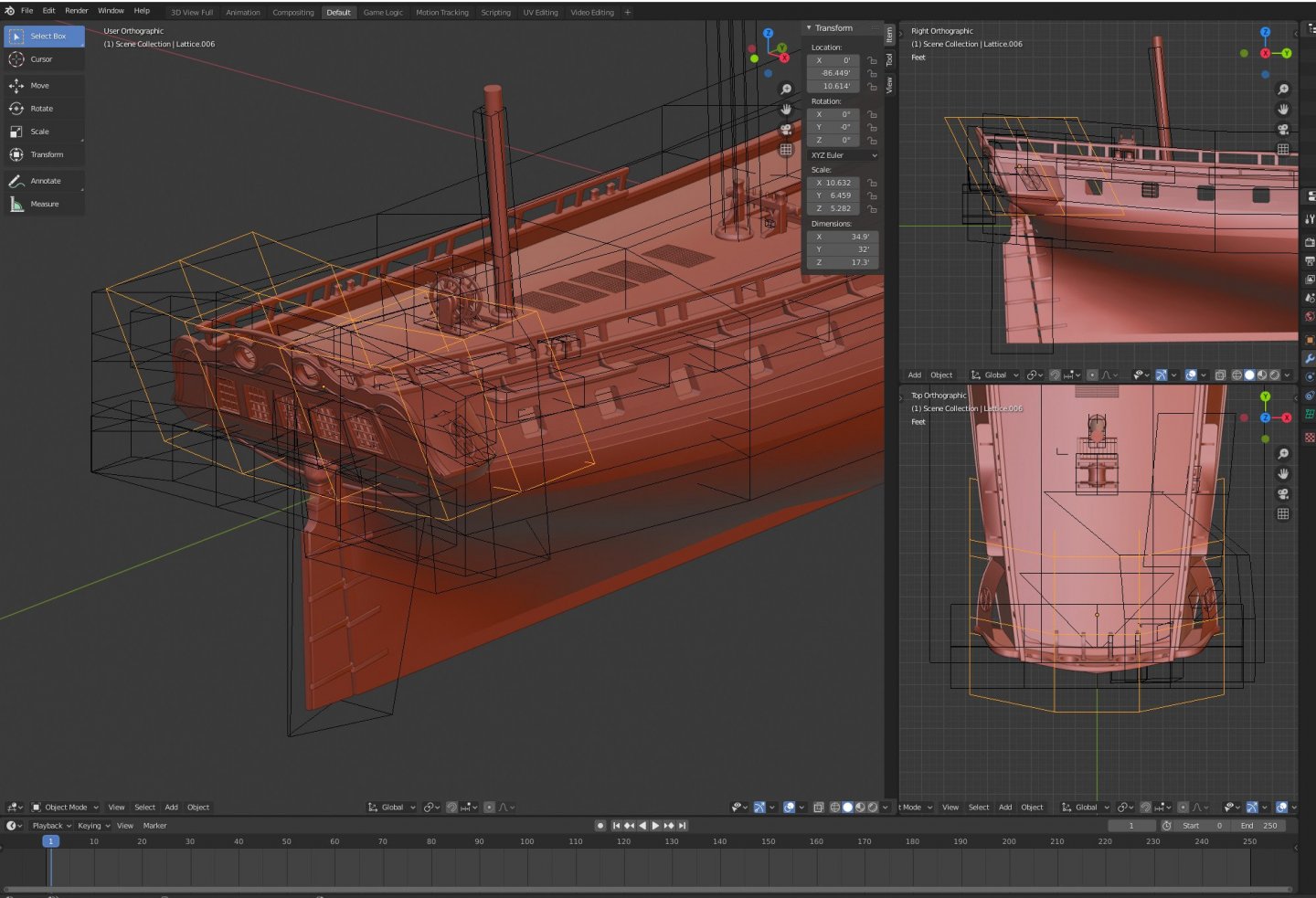
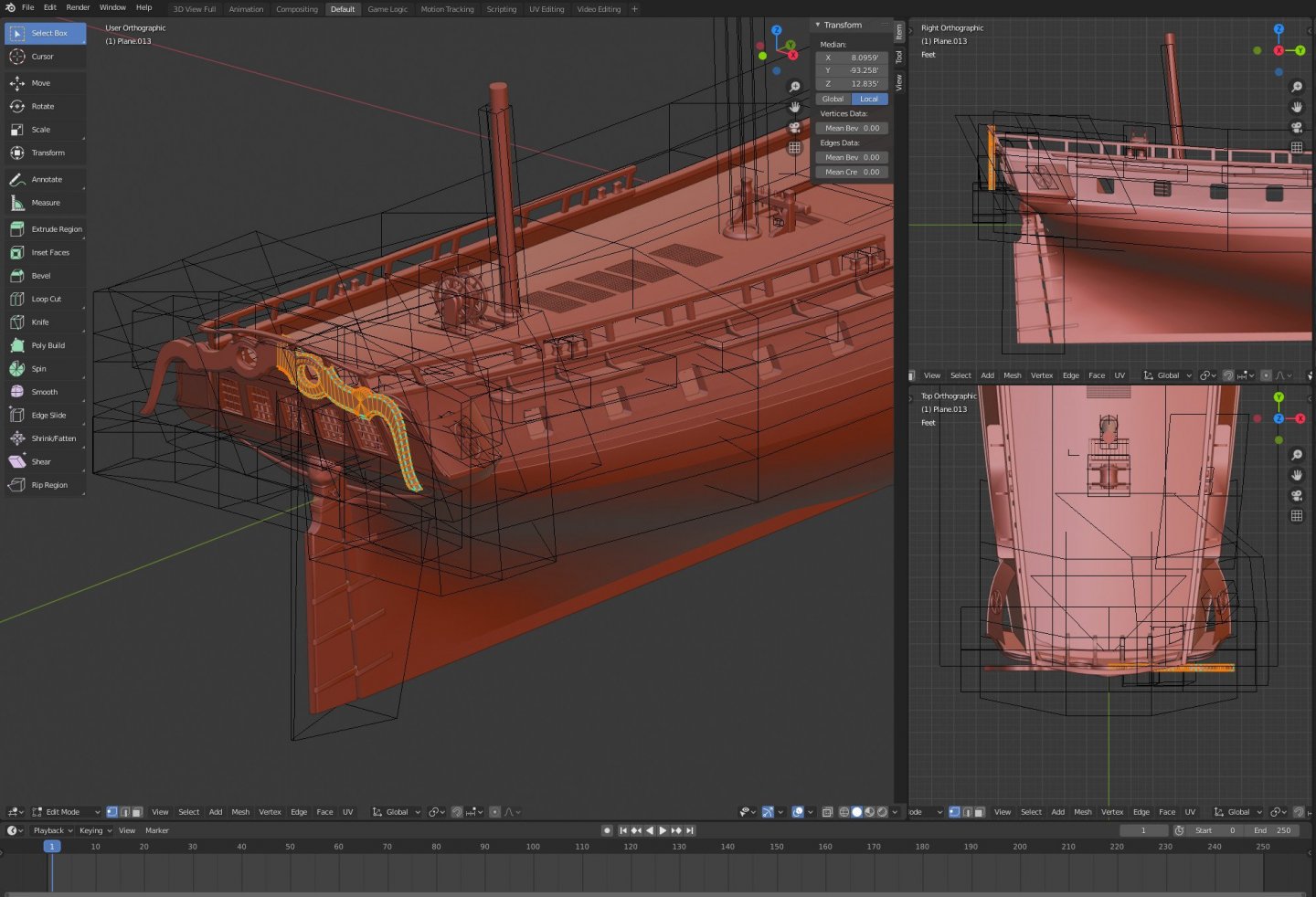
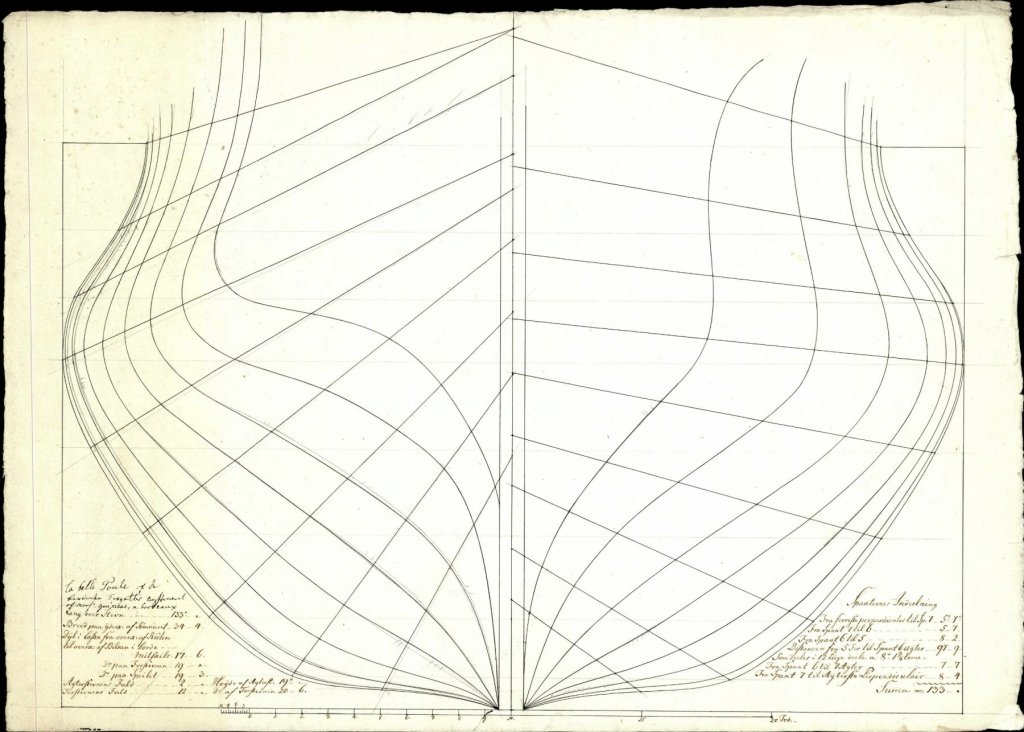
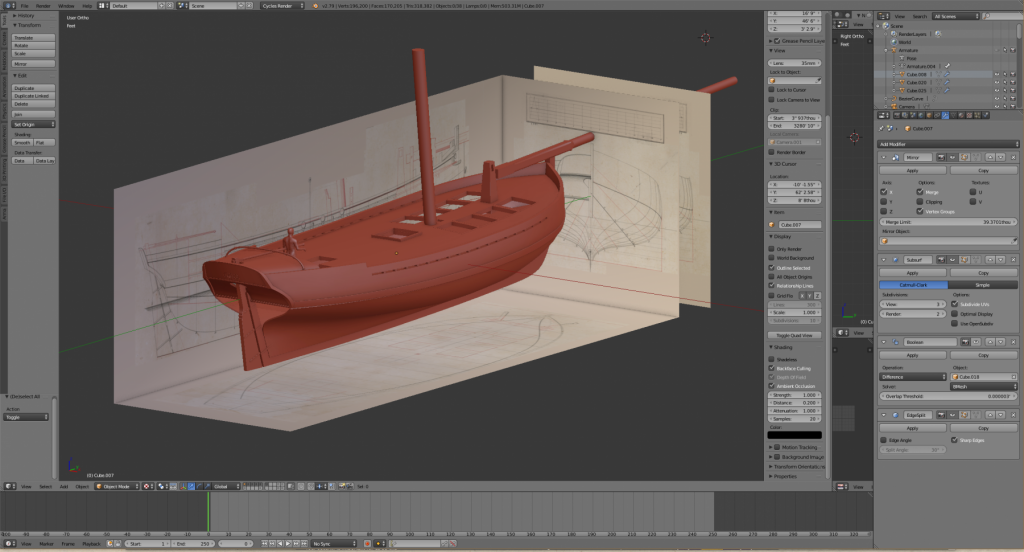
FULMINANT by HAIIAPHNK - French stern castle
in - Build logs for subjects built 1501 - 1750
Posted
But both were three deckers, right? Le Fulminant had 8-pounders on the upper deck, Le Foudroyant had 12-pounders there. And I thought the classic french 74s had their origin in the successful large 70s with 36-pounders on the lower deck.
And this talk about Louis XIV's ships reminds that I still haven`t ordered the La Volage monograph. Brb